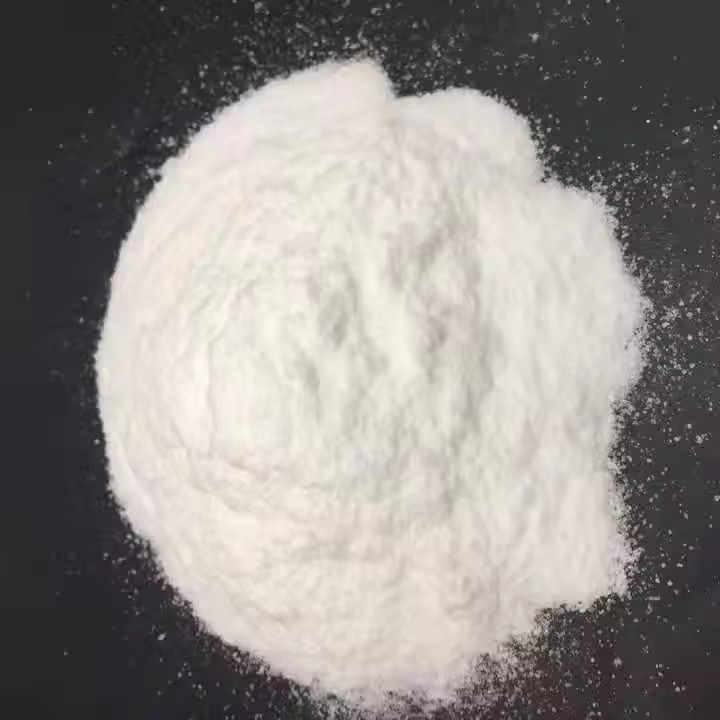Tartaric acid is an organic acid found in plants such as grapes, tamarind and bananas. It is a dibasic acid, which means that the molecule that can be ionized in water has a hydrogen atom on each side. Tartrates are also known as sodium tartrate. This acid was originally taken from potassium tartrate, which was isolated by "ibn Hayyan" at the beginning of the 9th century. Later, in 1769, the Swiss chemist Carl Wilhelm Scheele invented the modern method of obtaining tartaric acid.
The acid can be produced naturally, but it can also be produced synthetically. DL Tartaric acid and endotartaric acid are the two forms of tartaric acid that can be synthesized. The pure form of tartaric acid was first created by Louis Pasteur in 1847.
One of the interesting properties of tartaric acid is that it is chiral. This means that its internal structure does not have a plane of symmetry and has a mirror image that cannot be superimposed. A chiral mirror image is also known as an enantiomer and can be compared to a human hand.
The most common use of tartaric acid is as a food additive. It is often added to specific types of candy to add a sour flavor. Typical uses for cream of tartaric acid are to stabilize egg whites and as an active ingredient in baking powder. The acid can also be found in wine.
Tartaric acid is also used as an emetic to induce vomiting and has laxative properties. In addition, it has antioxidant properties. This means that tartaric acid is able to limit or prevent the oxidation of molecules in the body, preventing the formation of free radicals.
High levels of tartaric acid are dangerous because it can act as a muscle toxin. It inhibits the production of malic acid and an overdose can lead to paralysis or death. About 7.5 grams or so of tartaric acid per kilogram of body weight can be fatal. This means that a 70-kilogram person would have to ingest at least 500 grams to die of poisoning.
GNFCHEM is professional Food Additives manufacturer, please follows us and get more products catalogue and price!
